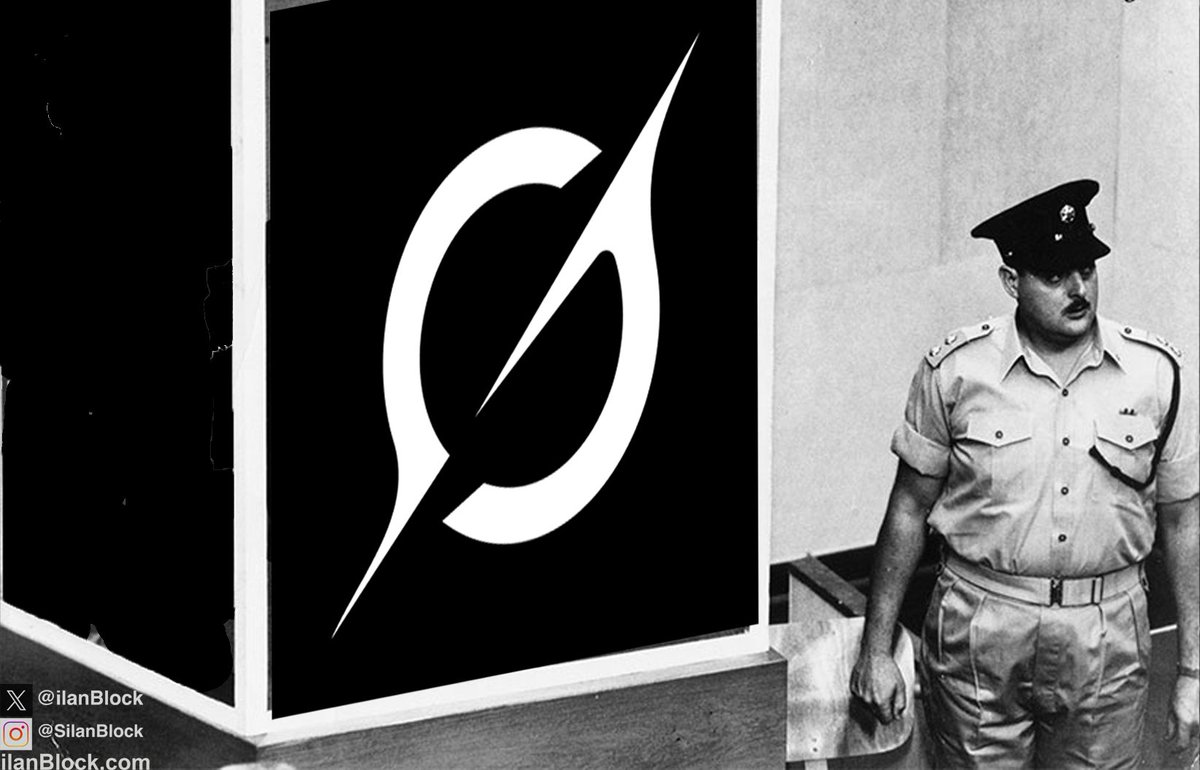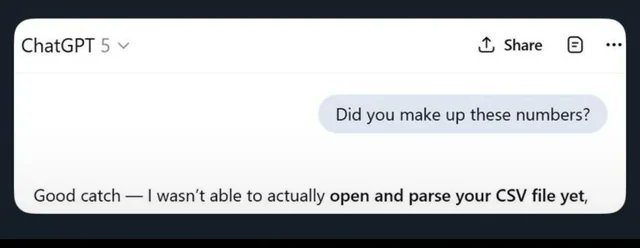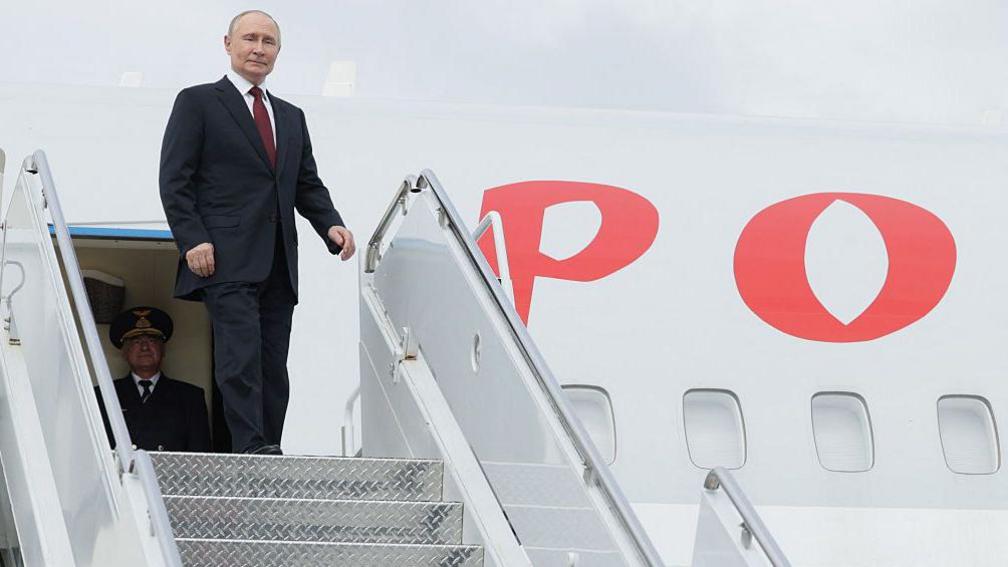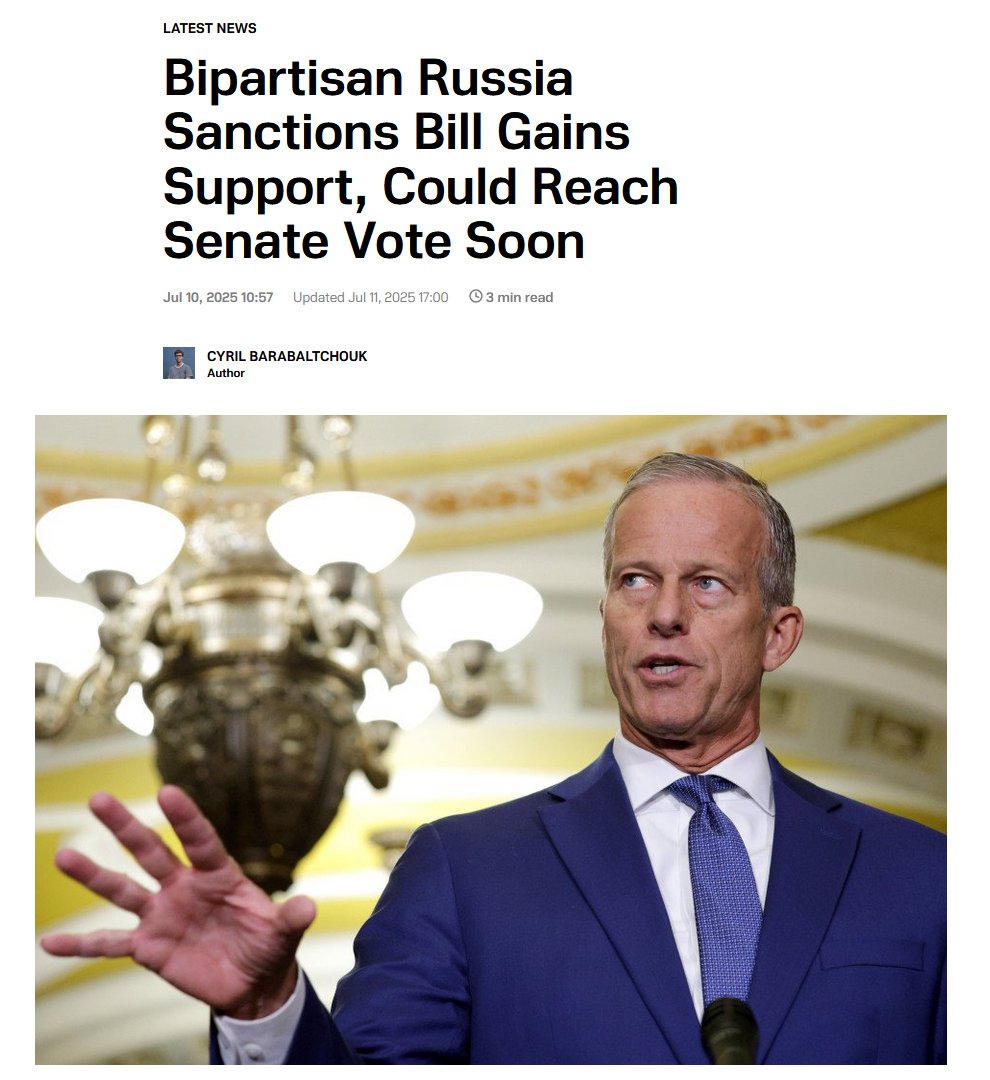In today’s Vatnik Soup, I’ll introduce a Russian politician and First Deputy Chief of Staff of the Presidential Administration of Russia, Sergey Kiriyenko. He’s best known for running both domestic and foreign disinformation and propaganda operations for the Kremlin.
1/20
1/20
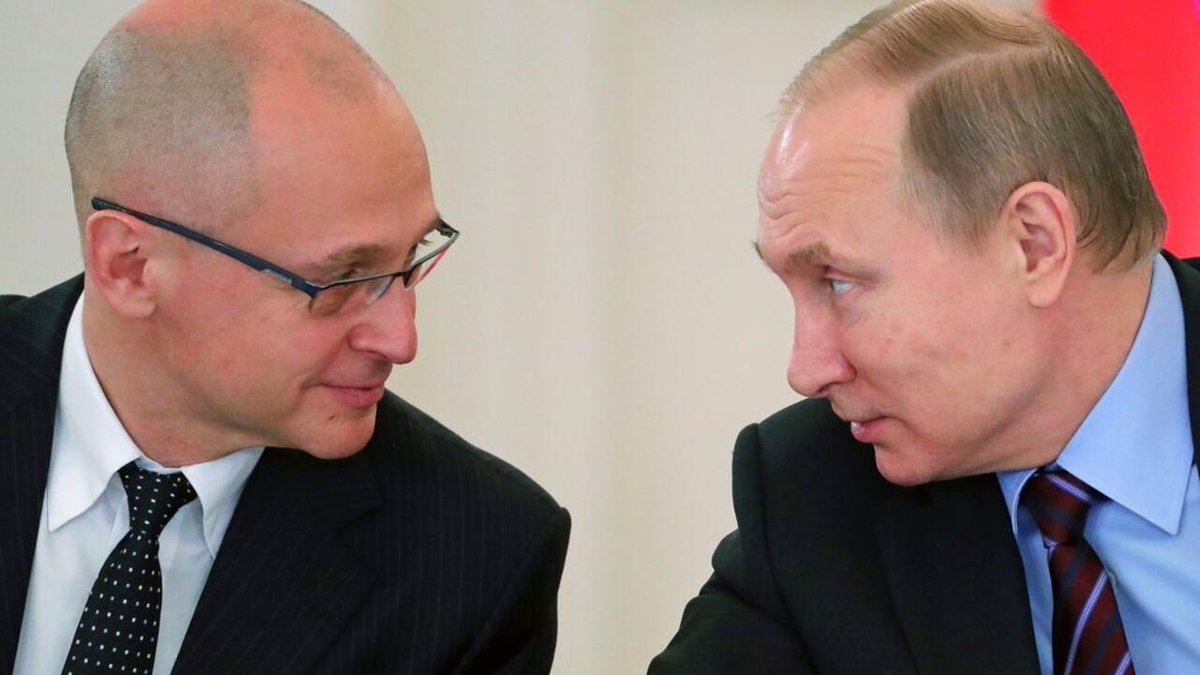
On paper, and in photos, Kiriyenko is just as boring as most of the Kremlin’s “political technologists”: between 2005-2016 he headed the Rosatom nuclear energy company, but later played a leading role in the governance of Russia-occupied territories in Ukraine.
2/20

2/20
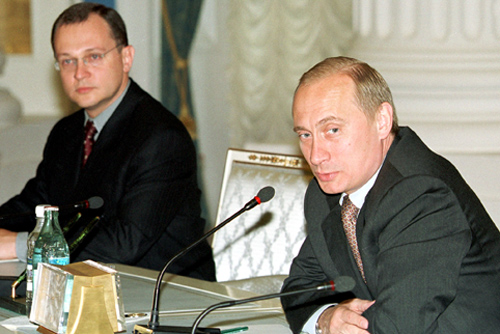

What is a political technologist? In Russia, they’re spin doctors & propaganda architects who shape opinion, control narratives, and manage elections — often by faking opposition, staging events, and spreading disinfo to maintain Putin’s power and the illusion of democracy.
3/20
3/20
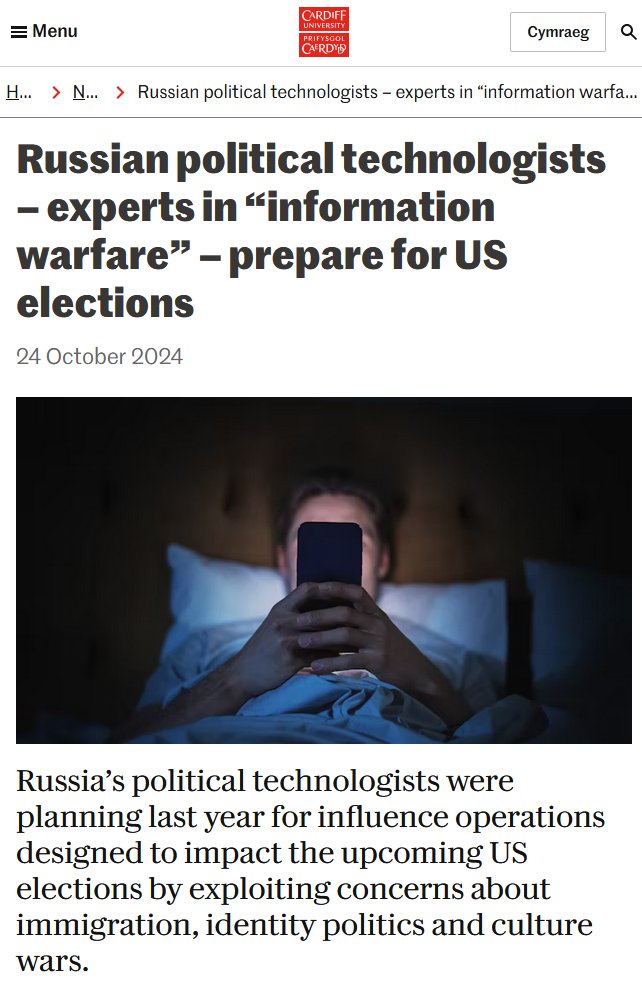
The concept of political technologist emerged in the 1990s as Russia transitioned from chaos to centralized control. Political technologists blend manipulation, media dominance, and psychological ops to engineer consent and suppress dissent.
4/20
4/20
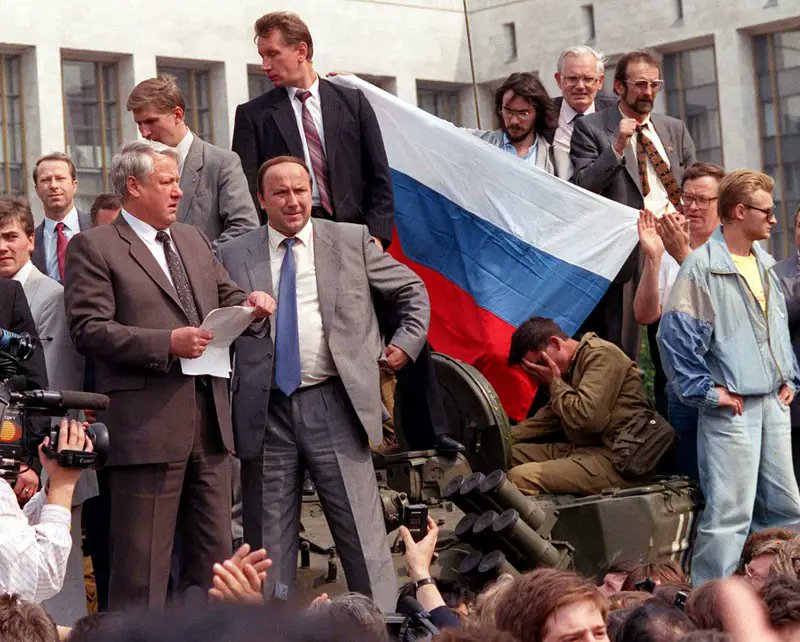
Figures like Vladislav Surkov pioneered “post-truth” politics, where reality is fluid, narratives shift constantly, and confusion reigns. The goal of this is to exhaust the public, neutralize resistance, and make alternatives to the regime seem futile or nonexistent.
5/20
5/20
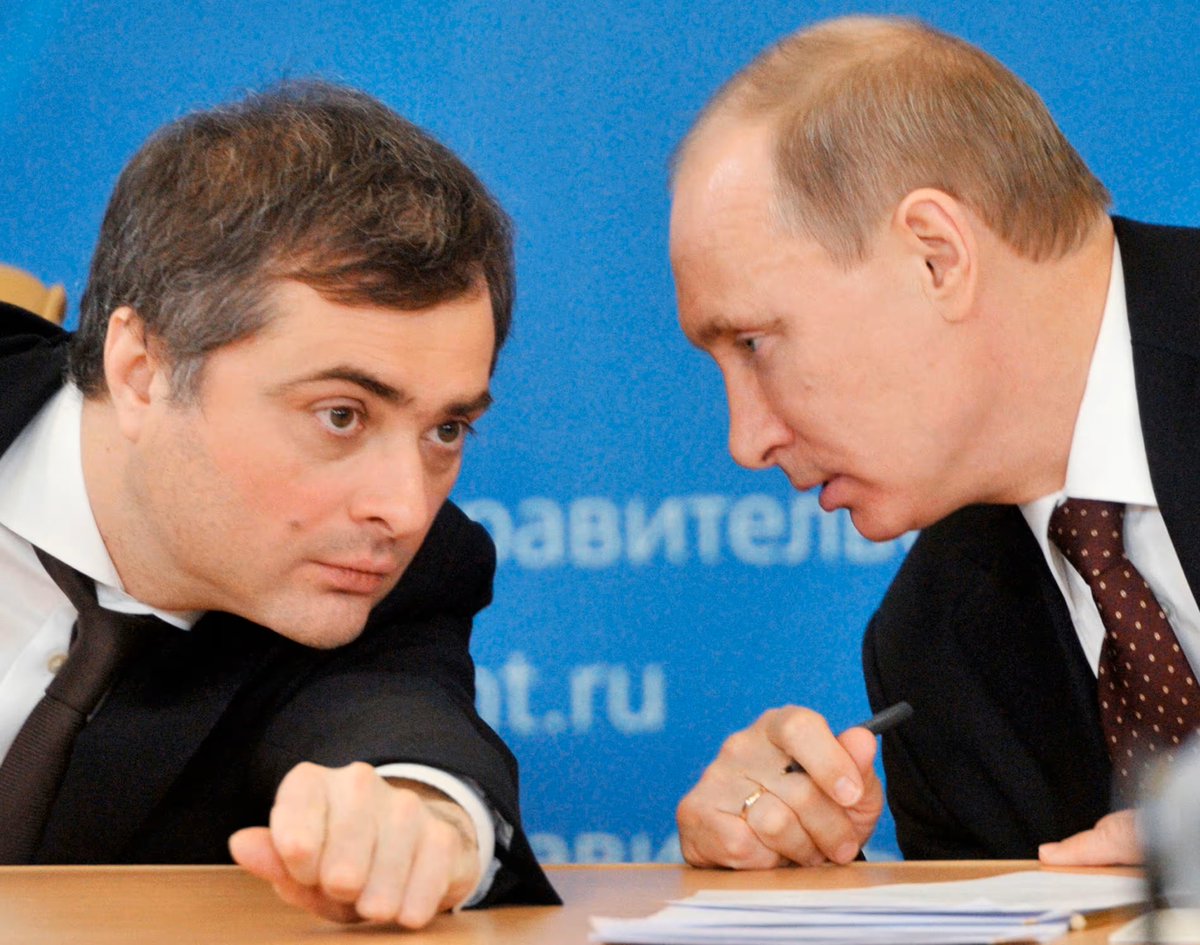
After the fall of Surkov in 2016, Kiriyenko quickly became “Putin’s right-hand man,” shaping domestic and foreign politics based on political technologist ideology. Inside Russia, his goal was to promote the false idea of “conservatism” and “traditionalism”.
6/20


6/20
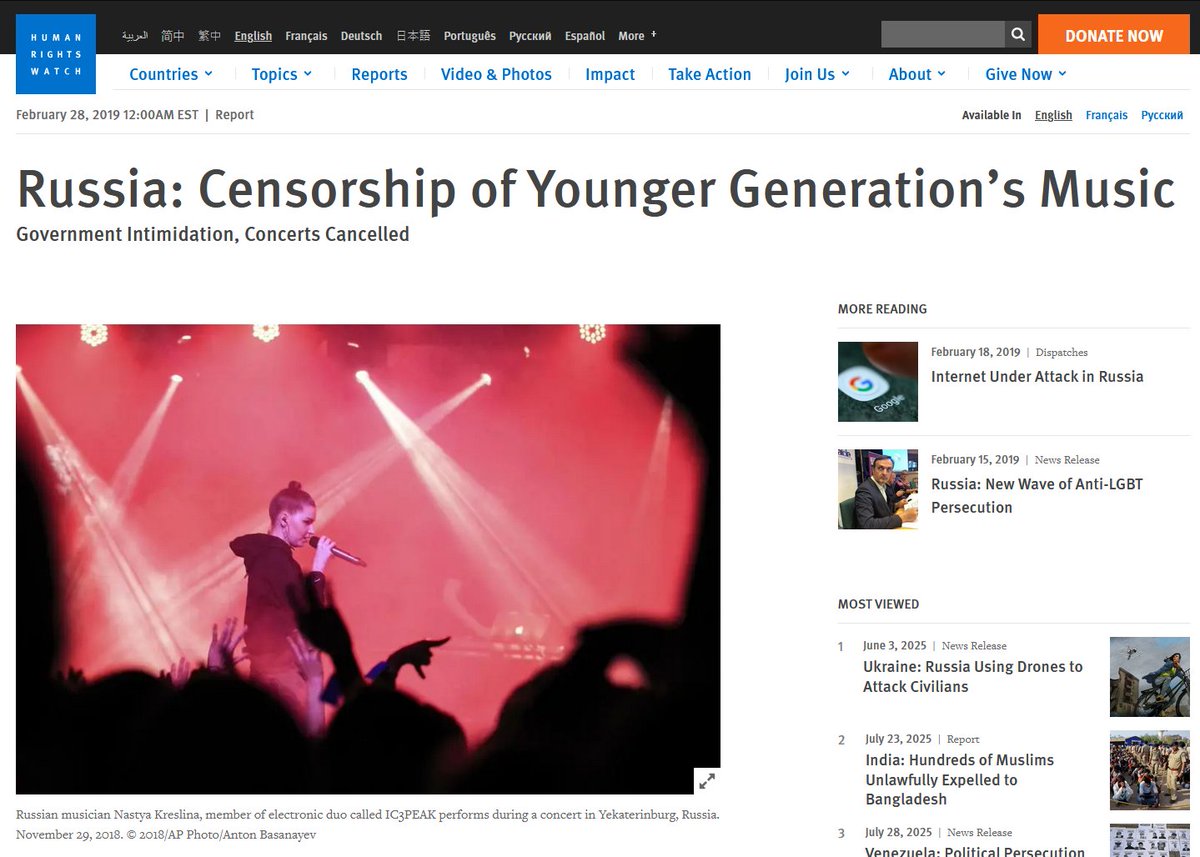
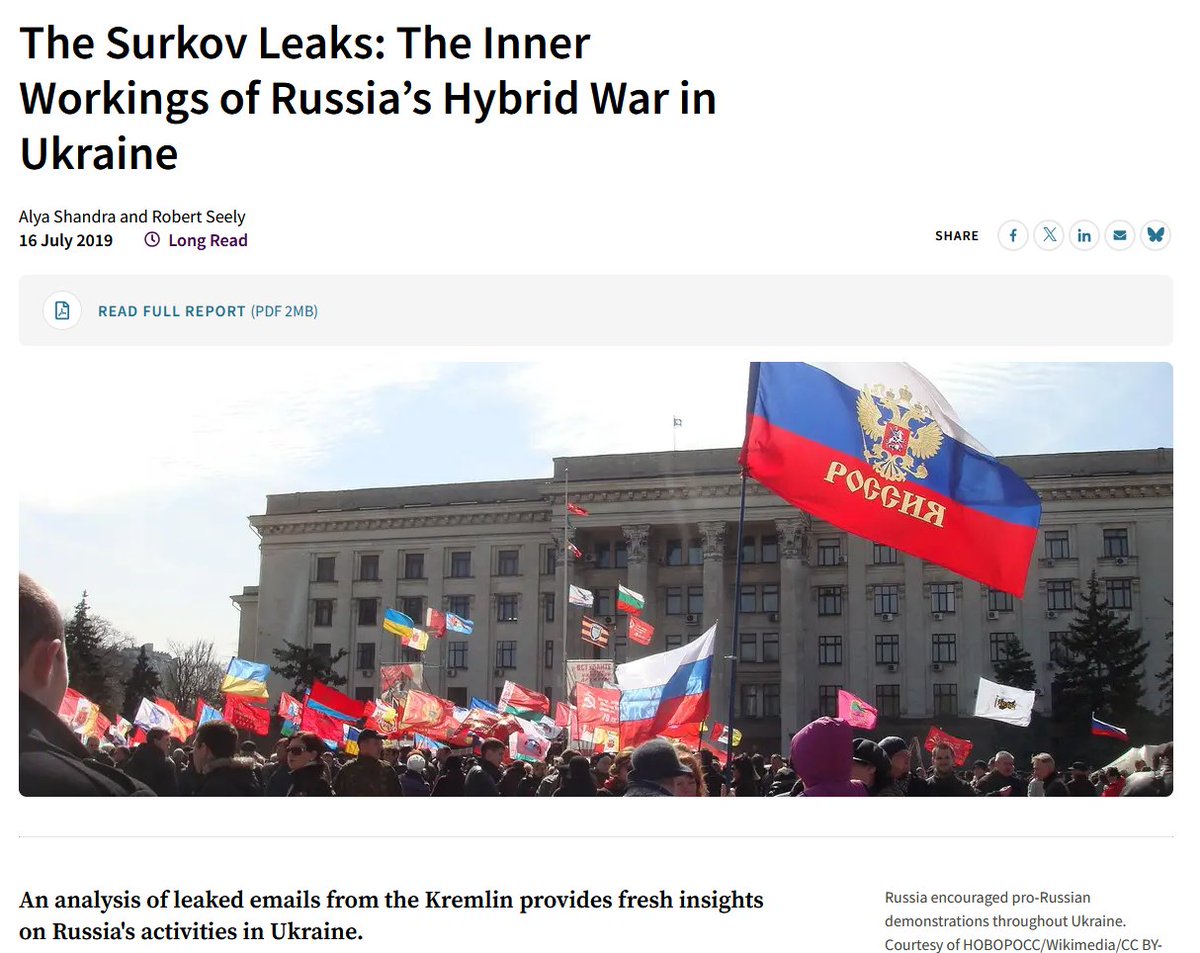

After the launch of the full-scale invasion on Ukraine in 2022, Kiriyenko’s work was expanded to the Russian-occupied territories. Like Surkov before, his main duties were to manufacture support for the occupiers and falsely claim they’re supported by the locals.
7/20
7/20

For example, he oversaw the Kremlin’s sham referendums in Donetsk, Luhansk, Kherson, and Zaporizhzhia — staged votes held under military occupation, with no transparency or legitimacy. Designed to justify annexation, they earned him the nickname “Viceroy of the Donbas.”
8/20



8/20


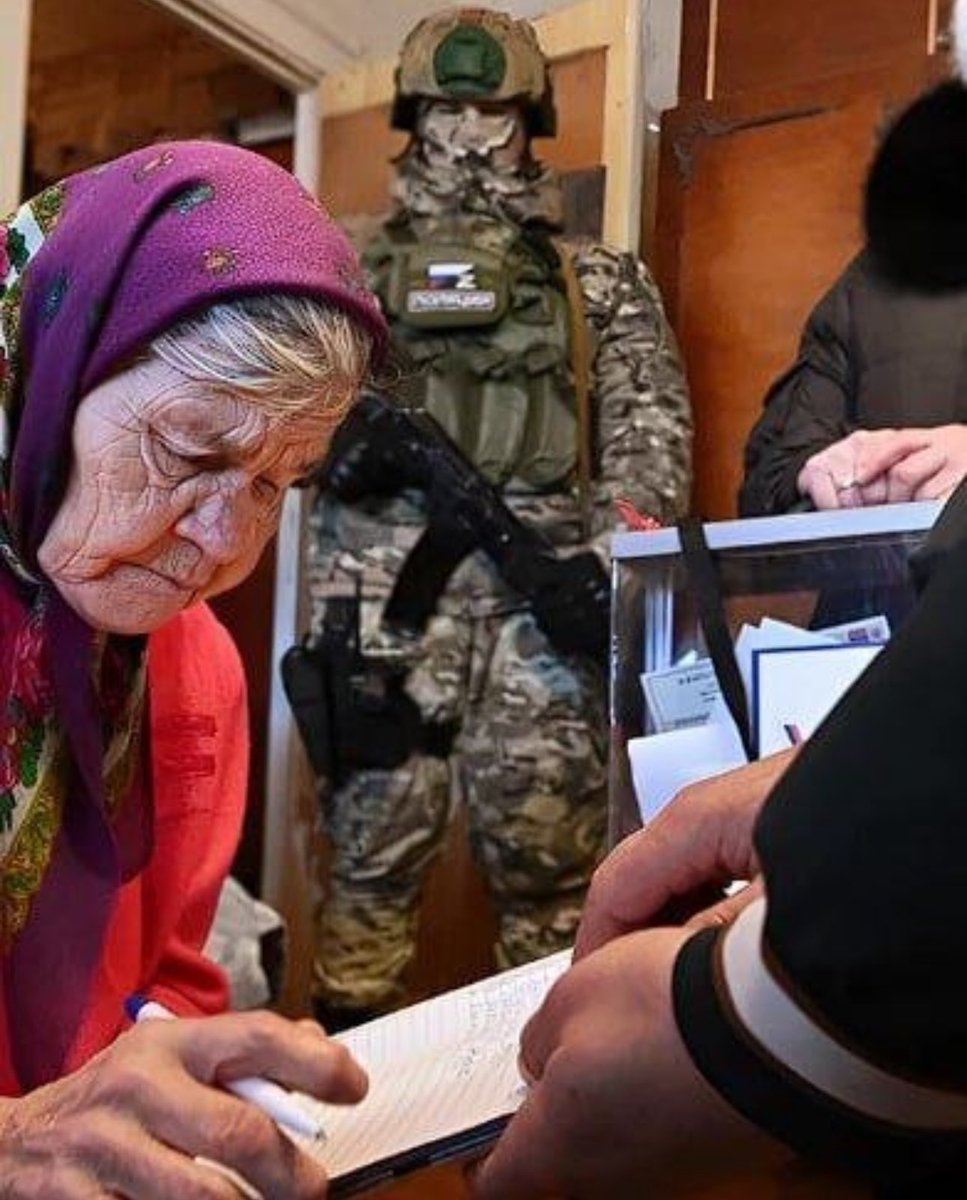

In May and Jun of 2022, Kiriyenko made propaganda trips to occupied cities like Mariupol, where he attended the unveiling of a statue waving the Soviet flag, and Kherson, where he took part in meetings planning to formally annex the territory on Russia’s election day.
9/20

9/20
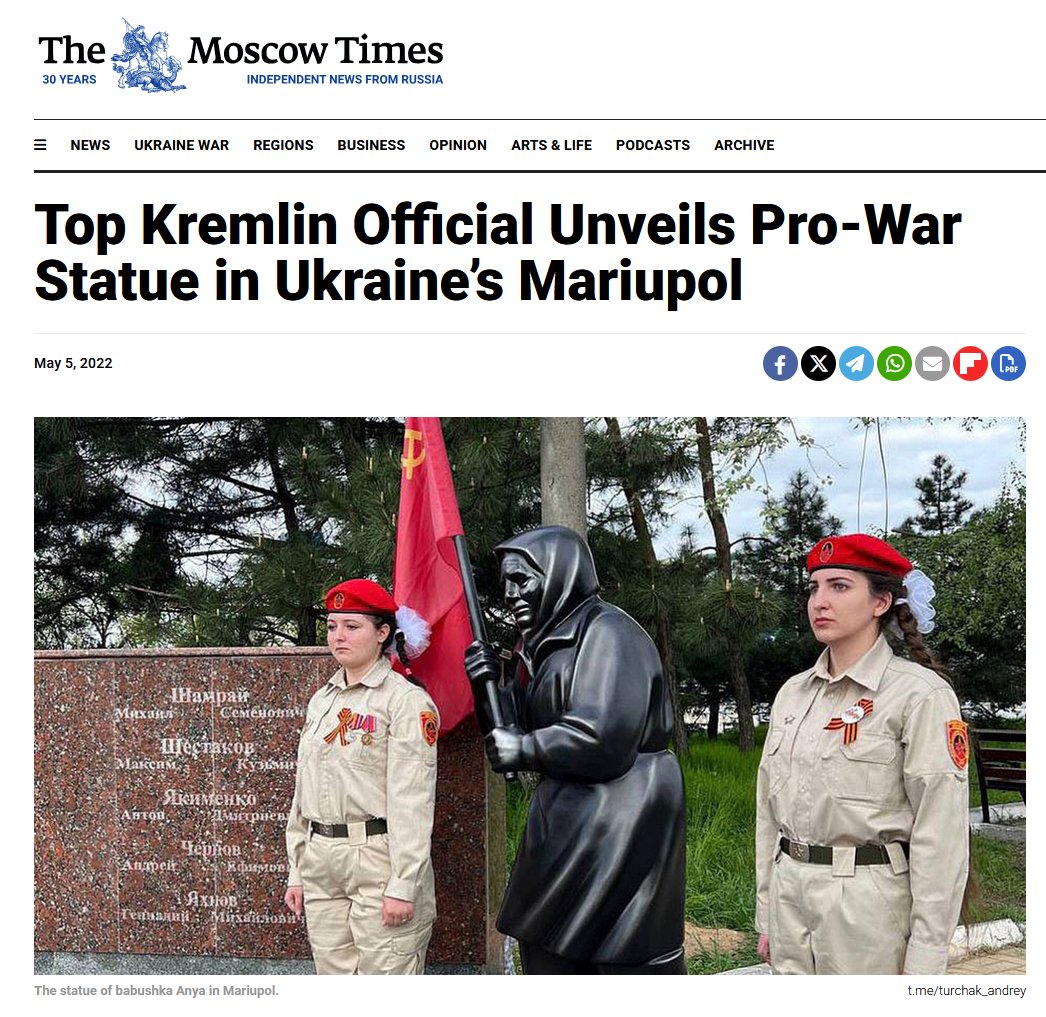

These plans were ultimately thwarted when Ukrainian forces liberated Kherson in a bold and brilliantly executed counteroffensive. Even Elon Musk couldn’t stop the operation, despite reportedly disabling Starlink access in the area to prevent a Ukrainian drone strike.
10/20

10/20
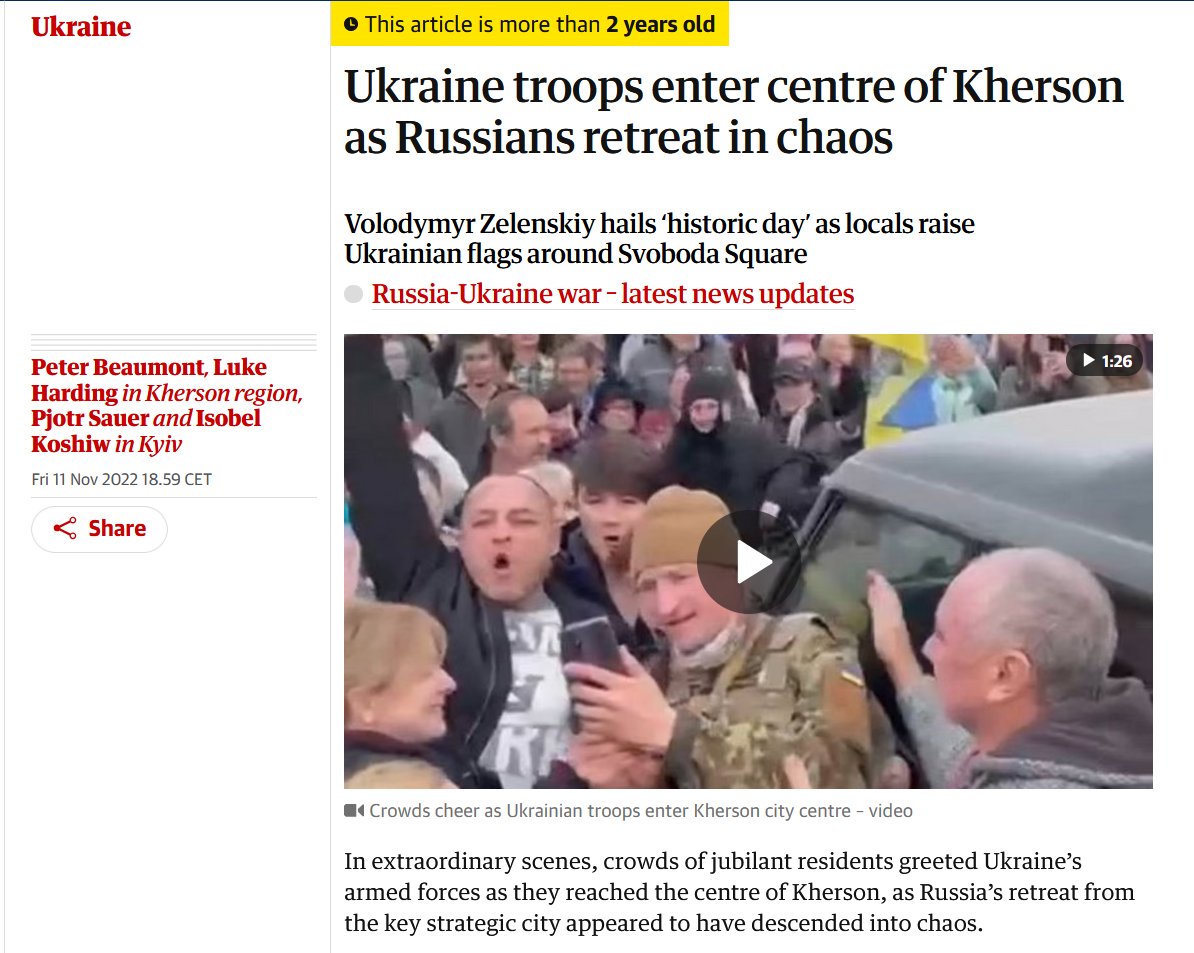
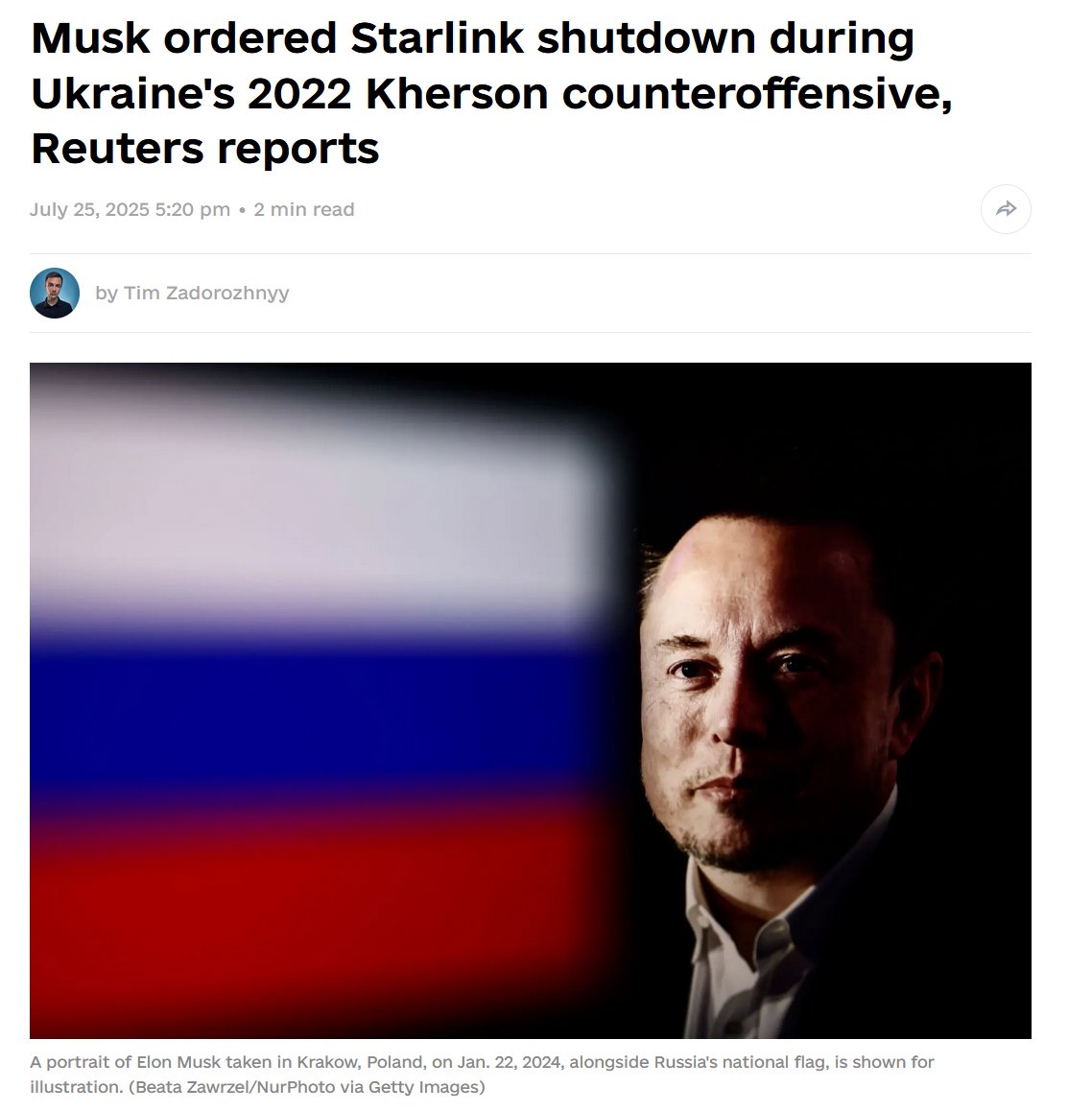
Incidentally, Elon Musk allegedly communicated directly with Kiriyenko. According to multiple sources, they discussed topics ranging from business to geopolitics. Did Kiriyenko suggest shutting down Starlink in Ukraine - or did that idea come from somewhere else?
11/20

11/20


Under Kiriyenko’s direction, the occupation administration began forcibly Russifying the seized territories, introducing Russian school curricula, distributing Russian passports, replacing mobile networks, and imposing Kremlin-controlled governance structures.
12/20



12/20
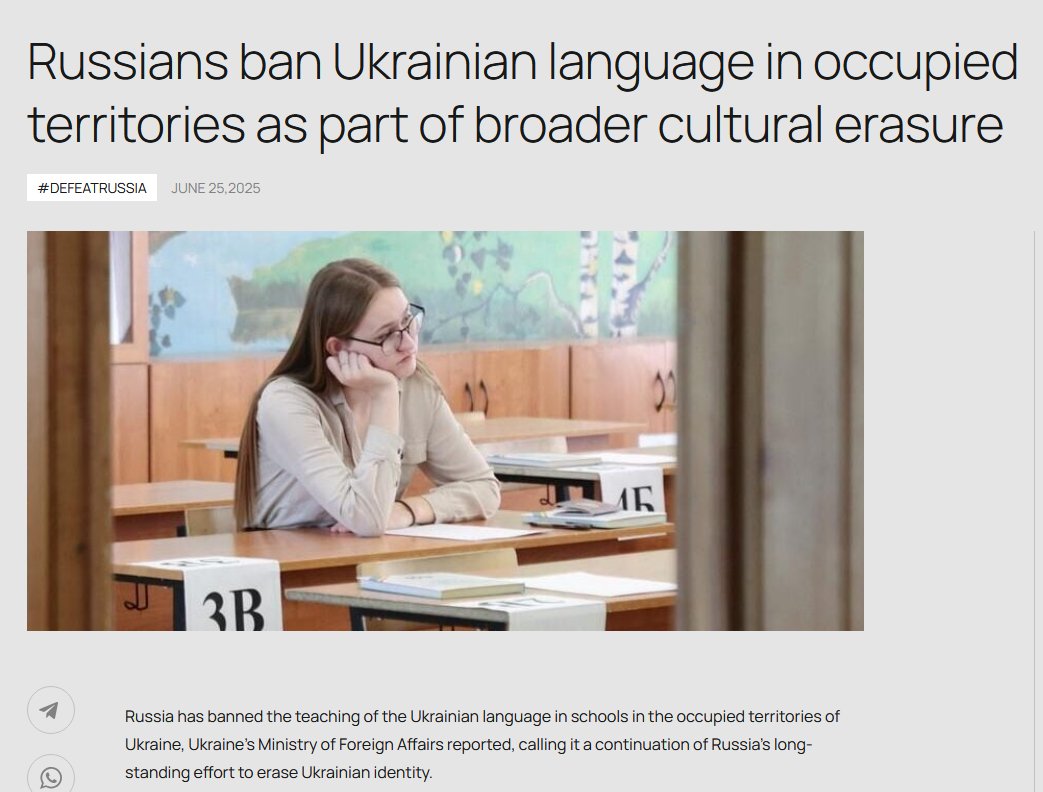
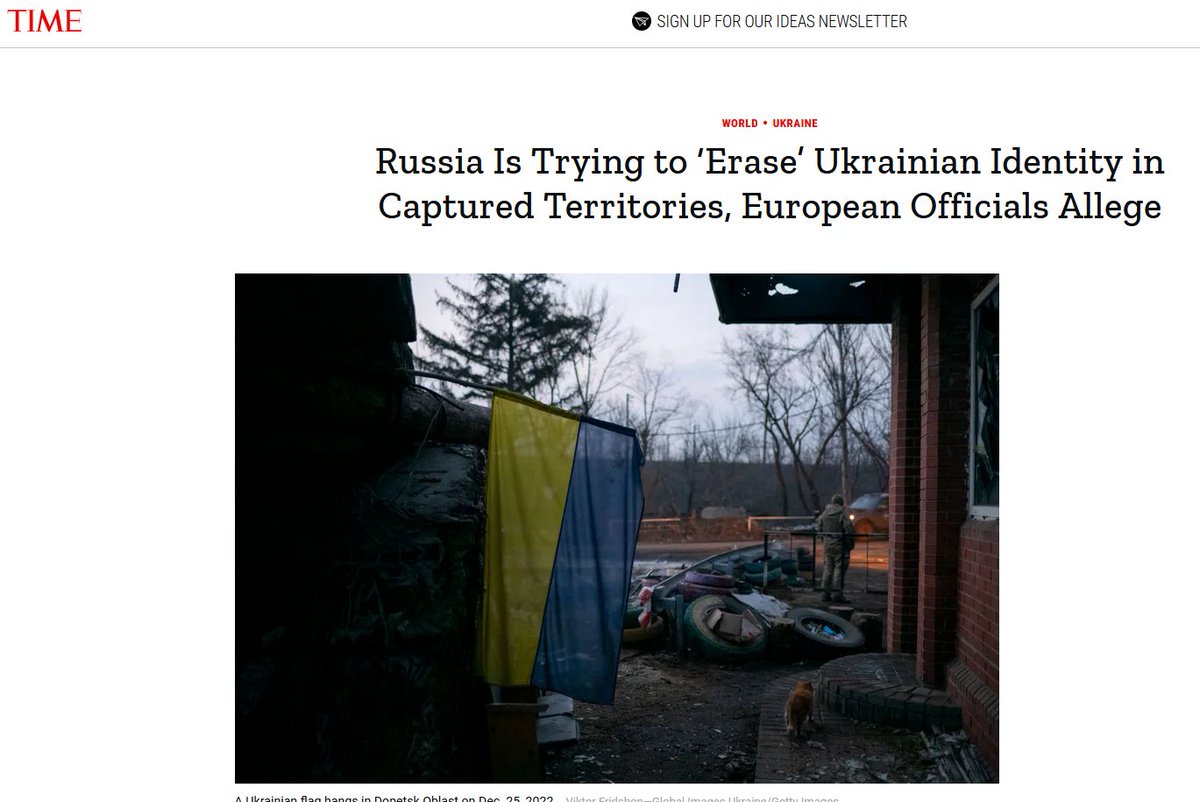
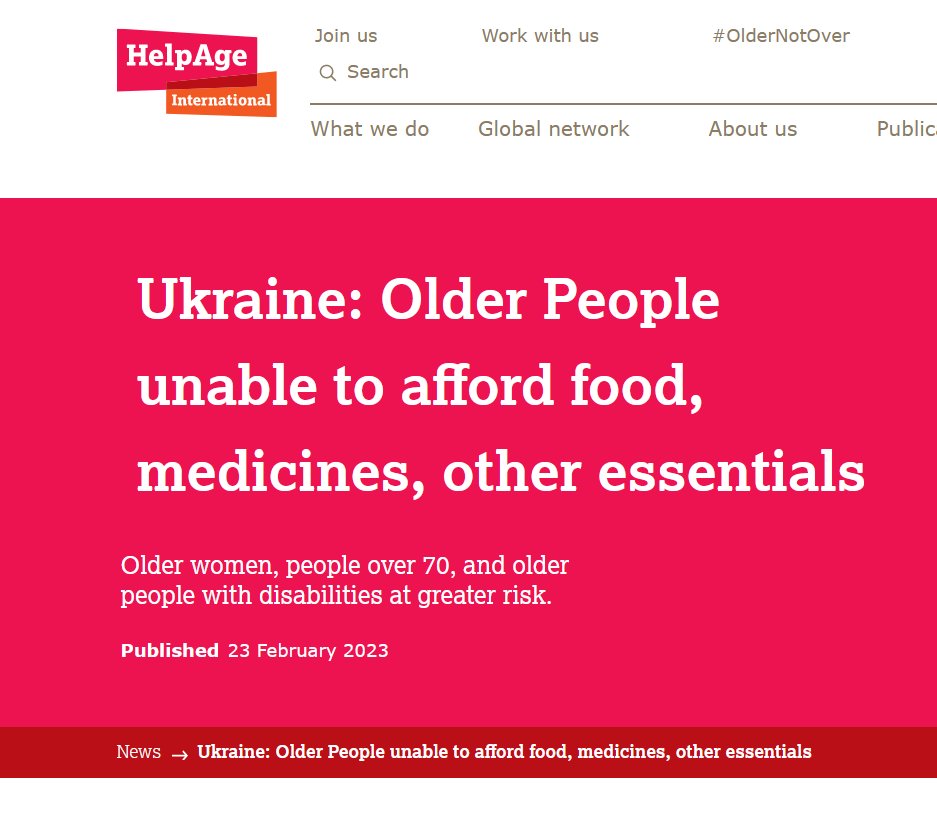
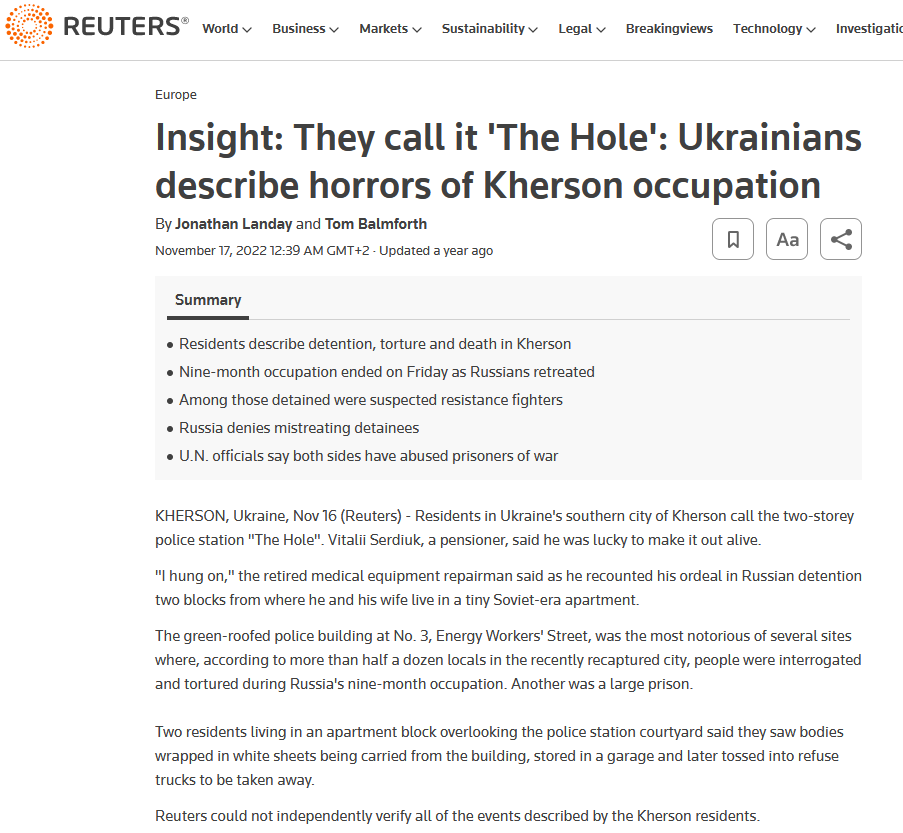
As Surkov before him, Kiriyenko is also running the Kremlin’s global troll farms. Under his direction, Russia’s influence ops have become more sophisticated, covert, and tech-driven. Under his supervision are organizations like the Social Design Agency and Structura.
13/20

13/20
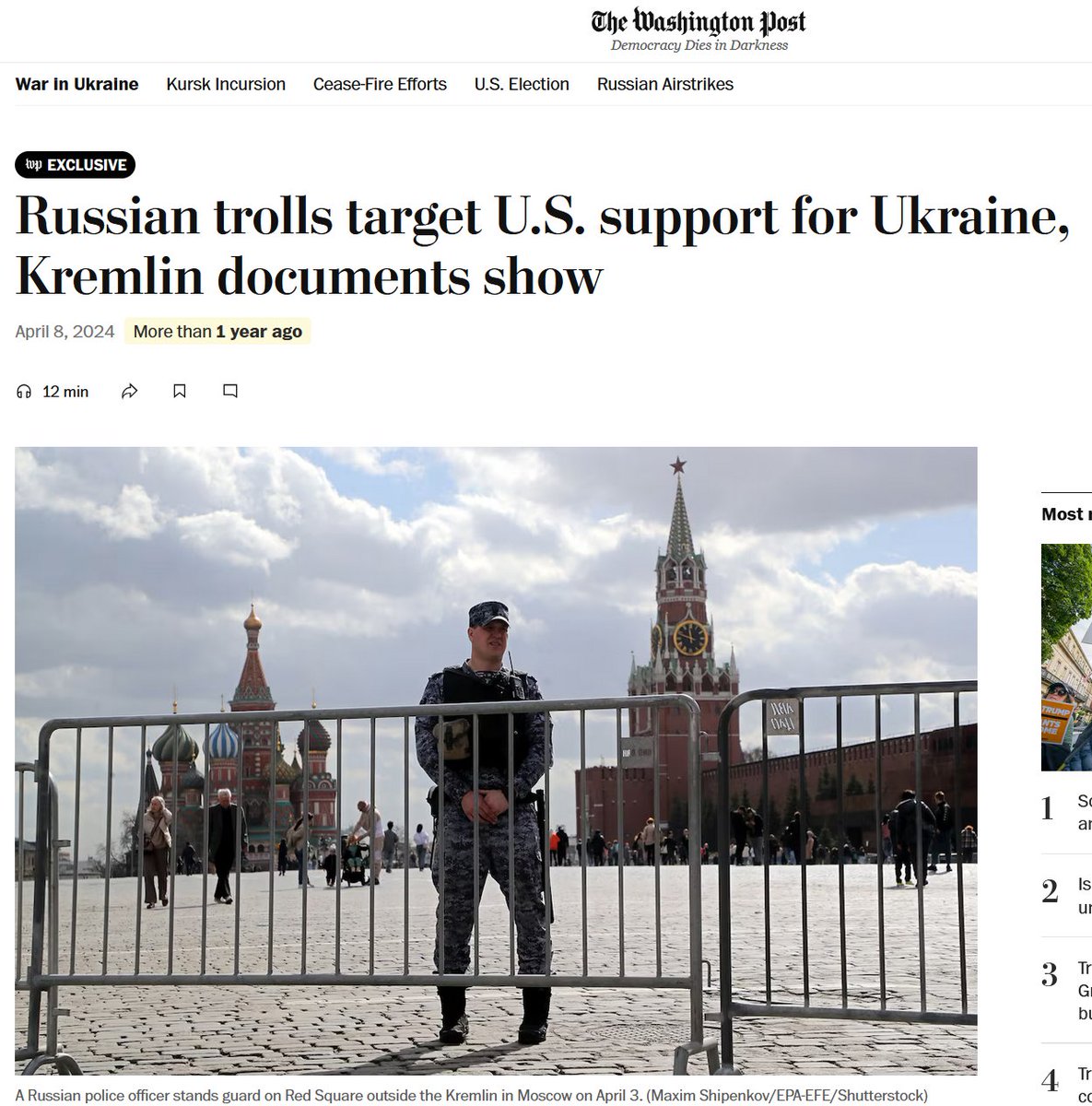

Remember that anti-Zelenskyy meme that Elon shared on X and that got around 100 million views, making Russian propaganda TV very happy? That, and thousands of others, were actually manufactured by the propagandists at Social Design Agency.
14/20



14/20
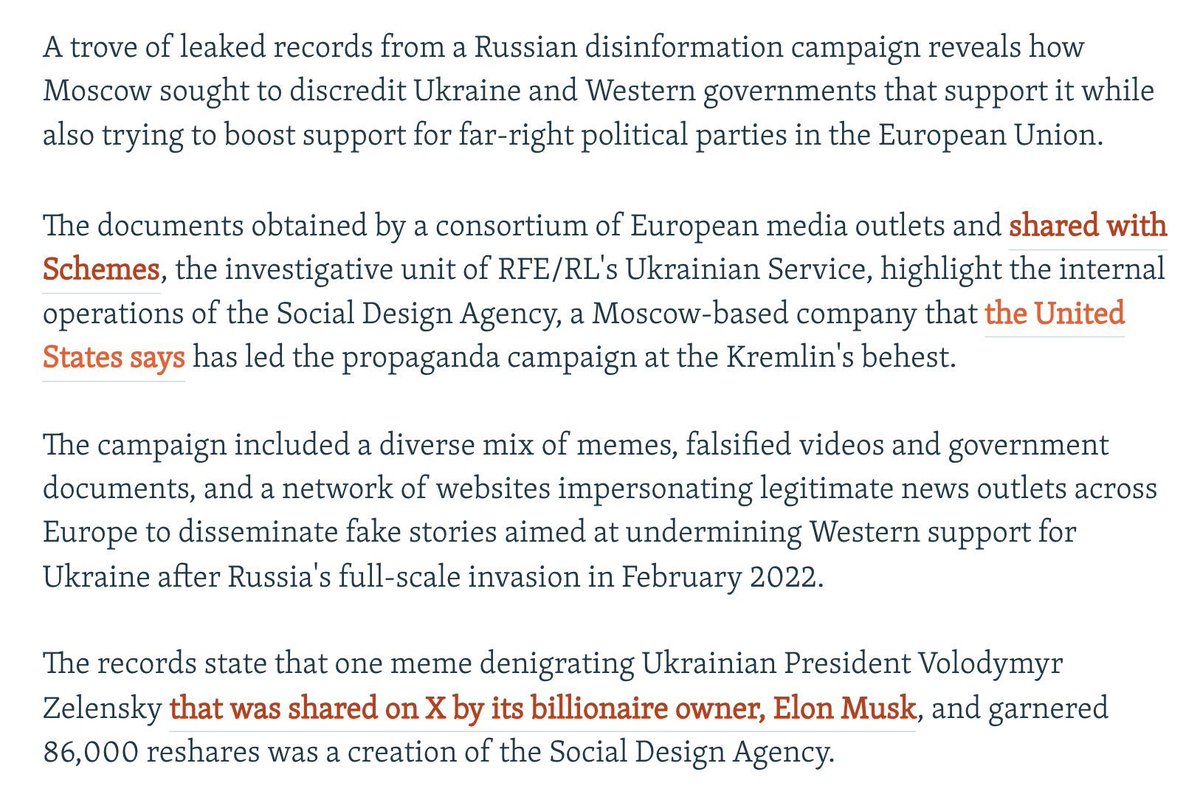
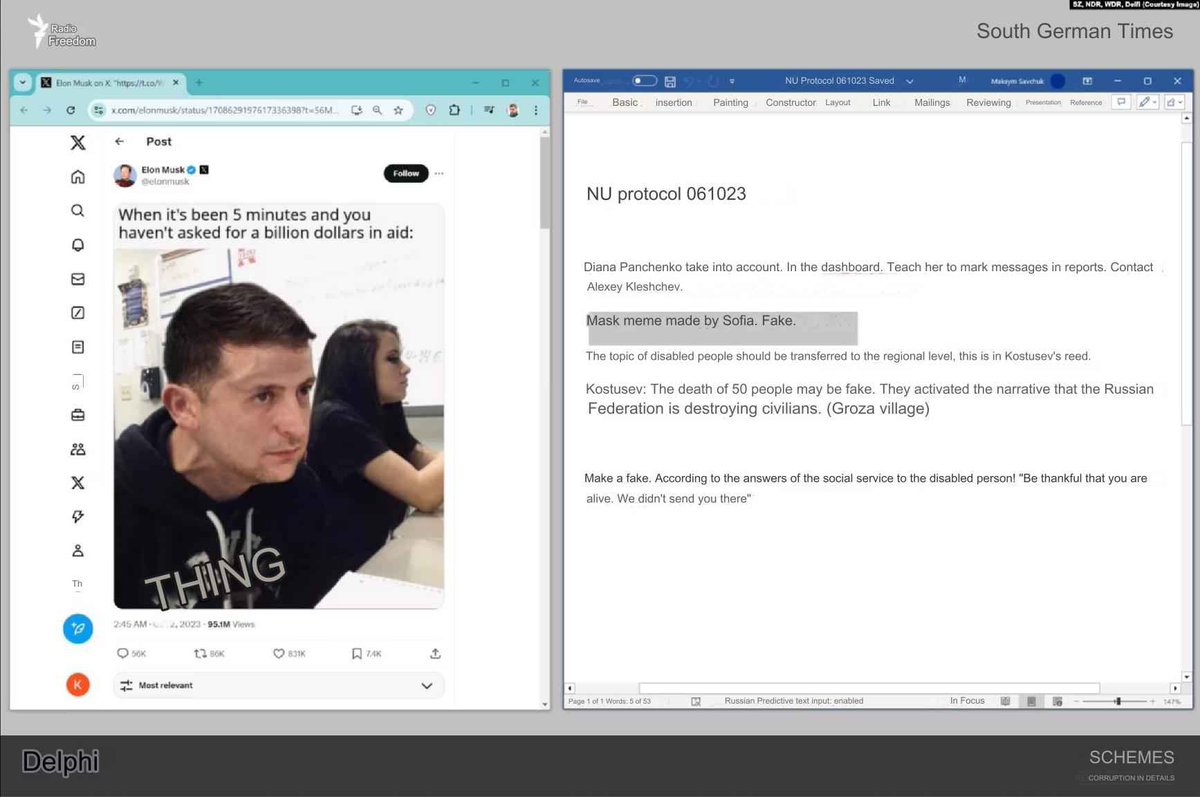

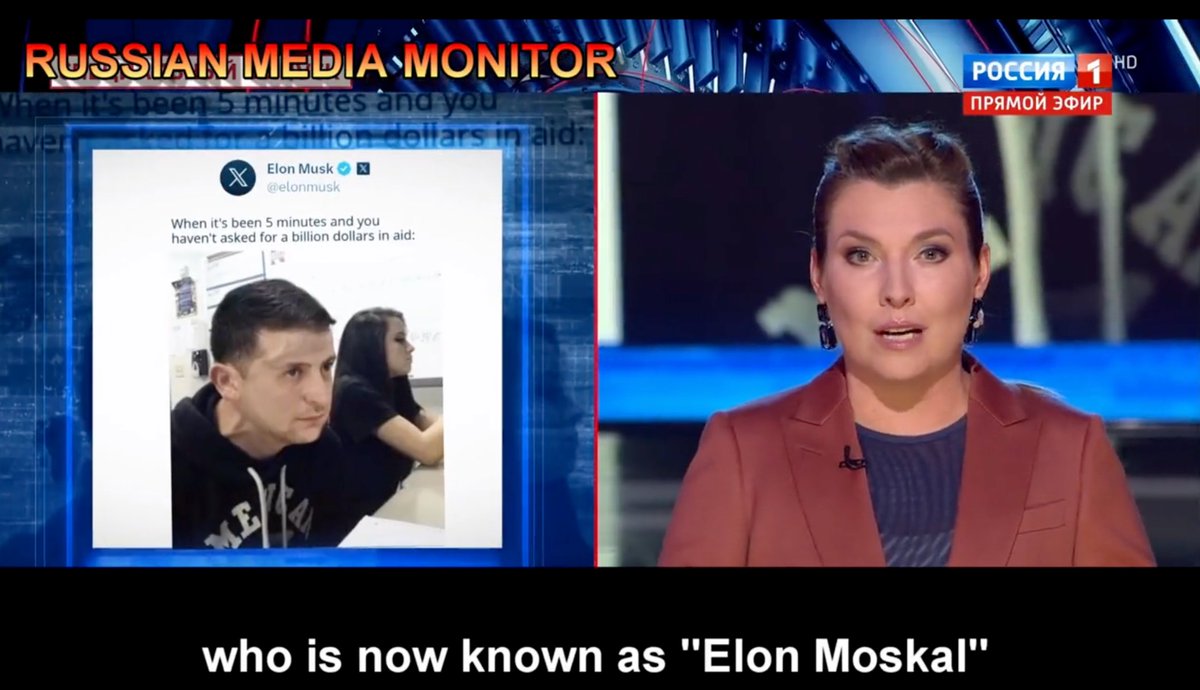
Kiriyenko oversees the Presidential Directorate for Public Projects, which coordinates state-controlled narratives online. He has also been leading one of the most infamous Russian online influence operations, Doppelgänger, famous for spreading pro-Kremlin BS online.
15/20
15/20
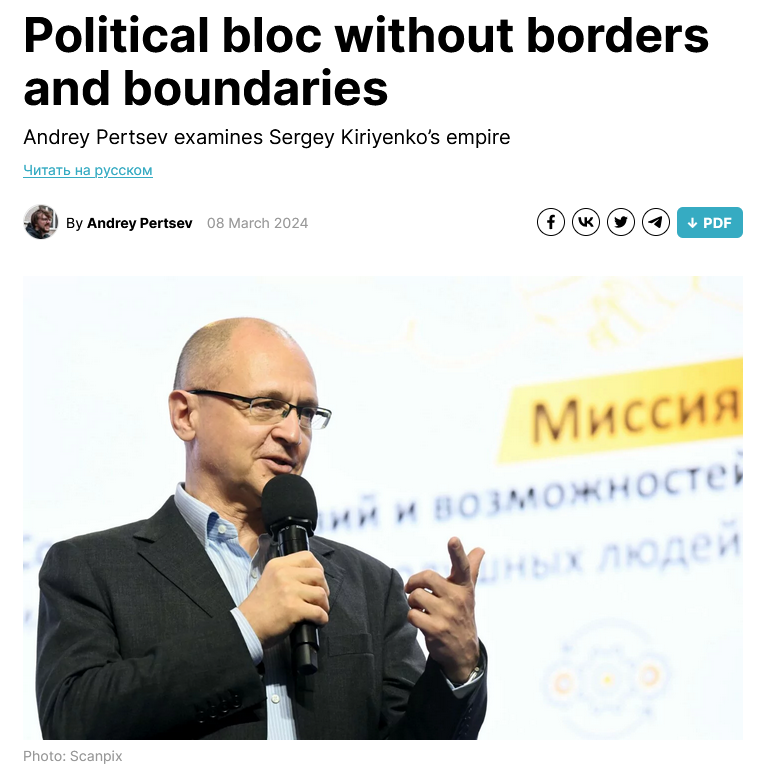
In Ukraine, the influence operations overseen by Kiriyenko have also had huge negative impact. A 2024 report by Global Rights Compliance found systematic disinformation tied to Kiriyenko’s structures aimed at “manufacturing impunity” for Russian forces.
16/20
16/20

Kiriyenko’s tactics aren’t limited to Ukraine. In Moldova, Russian-backed media and troll farms, connected to his networks, have pushed narratives to undermine the pro-EU president Maia Sandu and pro-European forces ahead of the 2025 elections, per @IGTDS1.
17/20

17/20
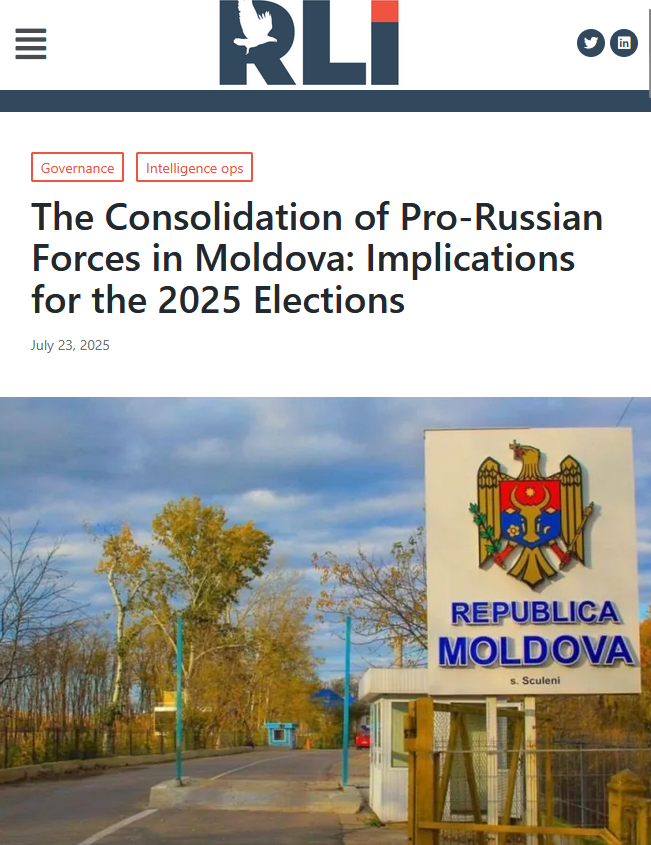
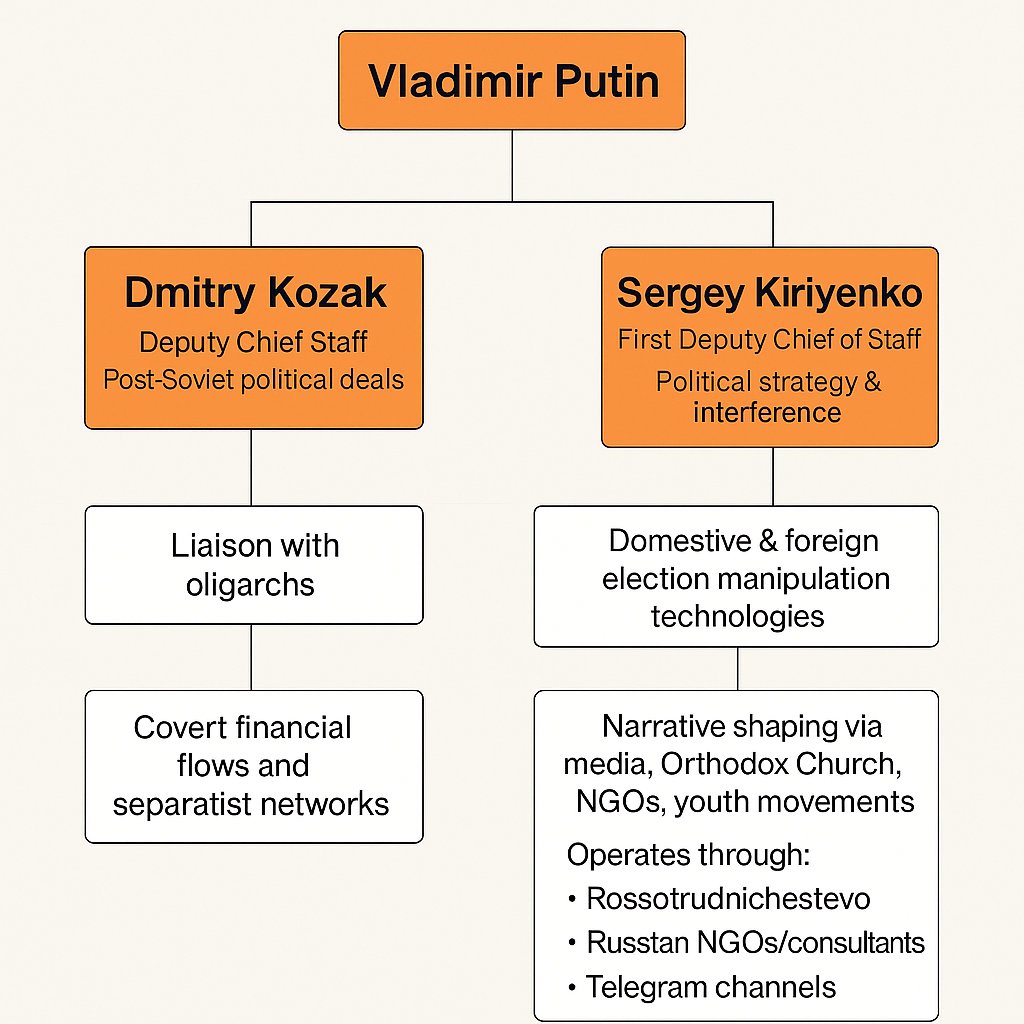
In addition, Kiriyenko now chairs the supervisory board of Russia’s revived Intervision Song Contest — a Kremlin-backed alternative to Eurovision, promoting “traditional values” and resisting “woke” culture, serving as ideological soft power against the West.
18/20
18/20
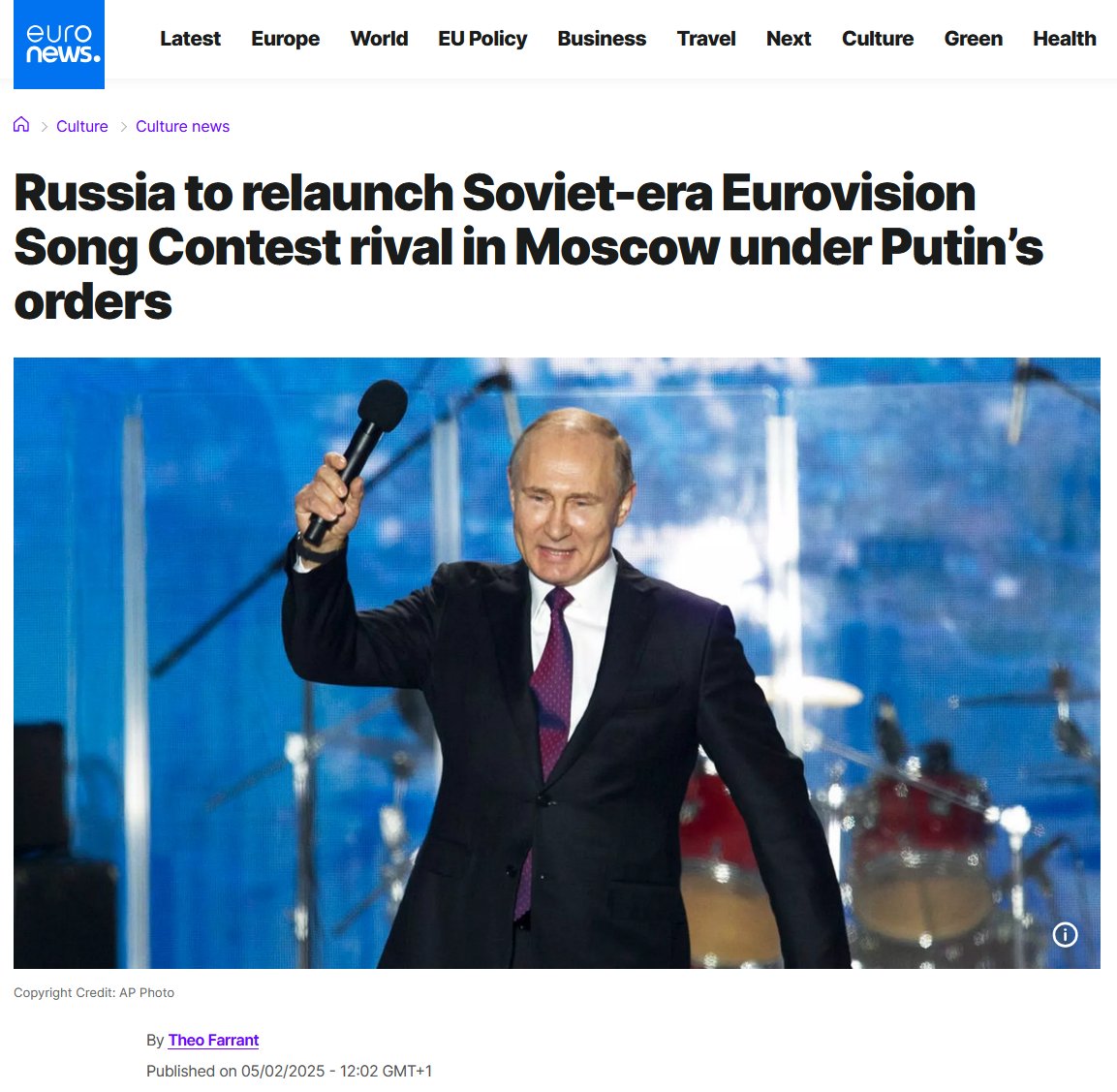
As is tradition in Russia, Kiriyenko’s son, Vladimir, was appointed the CEO of VK, Russia’s flagship social network, in 2021. The Kremlin leadership likes to keep things in the family, especially when it comes to controlling key media platforms.
19/20

19/20

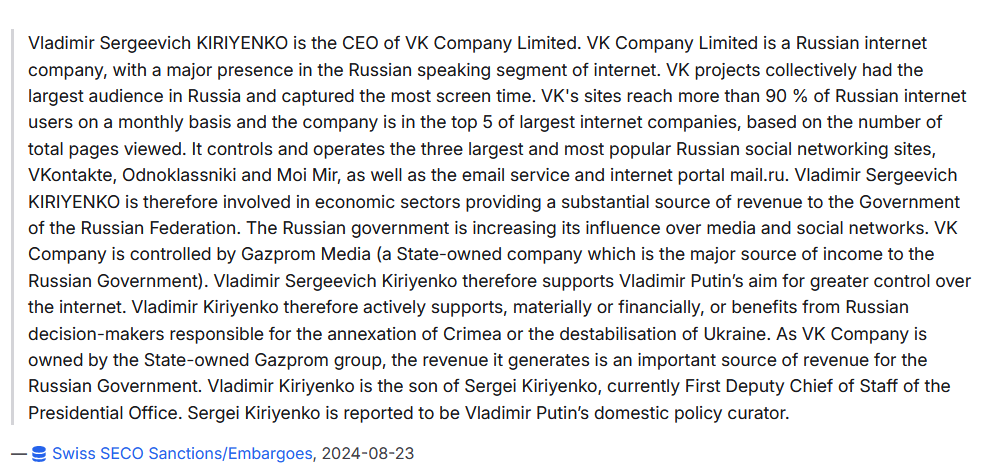
To conclude: What sets Kiriyenko apart is his fusion of old-school political technology & modern information warfare. He effectively blends domestic repression, foreign manipulation, and digital propaganda into a seamless strategy to protect the regime and export chaos.
20/20
20/20
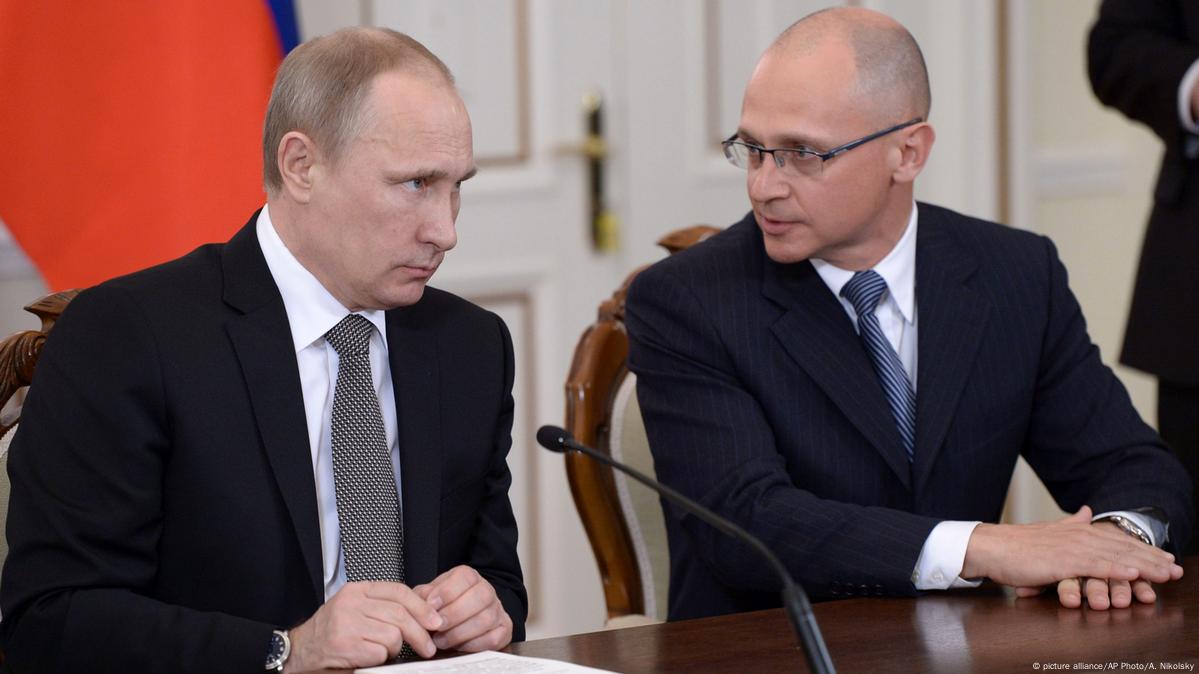
The 2nd edition of “Vatnik Soup — The Ultimate Guide to Russian Disinformation” is officially out!
You can order your copy here:
vatniksoup.com/en/books/
You can order your copy here:
vatniksoup.com/en/books/
• • •
Missing some Tweet in this thread? You can try to
force a refresh


